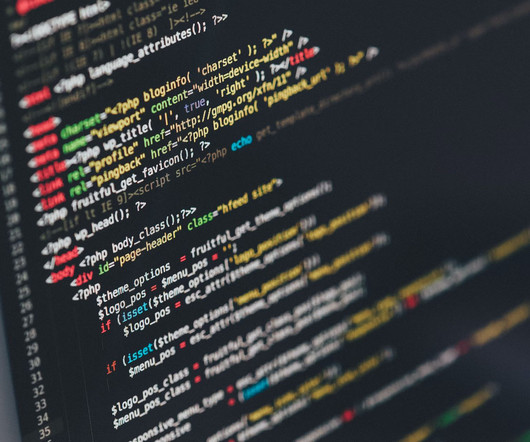Using Secure Configurations | Standardize Your Security
Linux Academy
MAY 31, 2019
This included installing operating system updates, NTP servers, DNS servers, static IPs, audit log options, anti-virus, etc. For network devices, we should consider using RADIUS/TACACS+ for authentication purposes, not a shared user account. Don’t stop with the backup, though — we still need to monitor for changes.



























Let's personalize your content